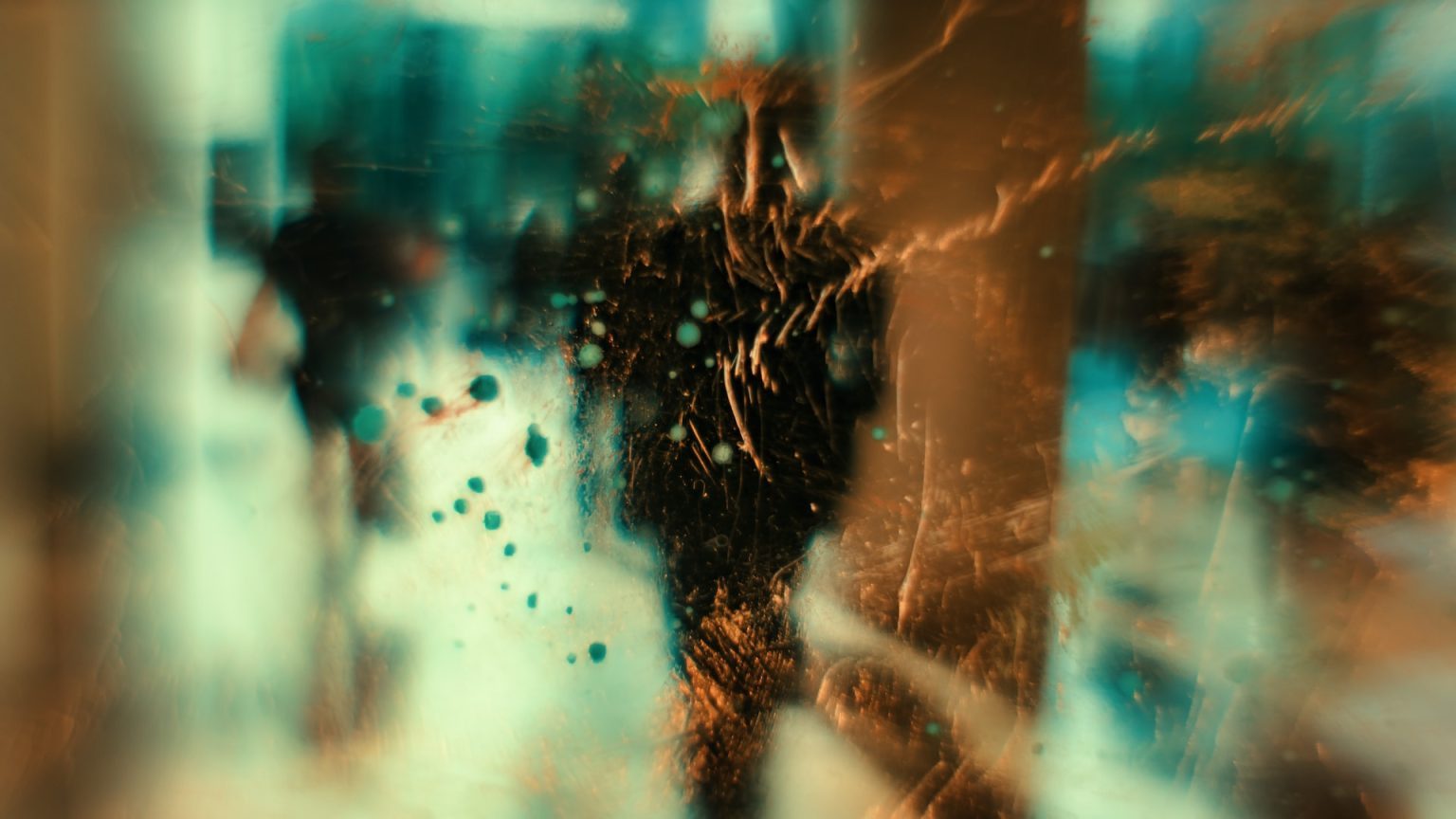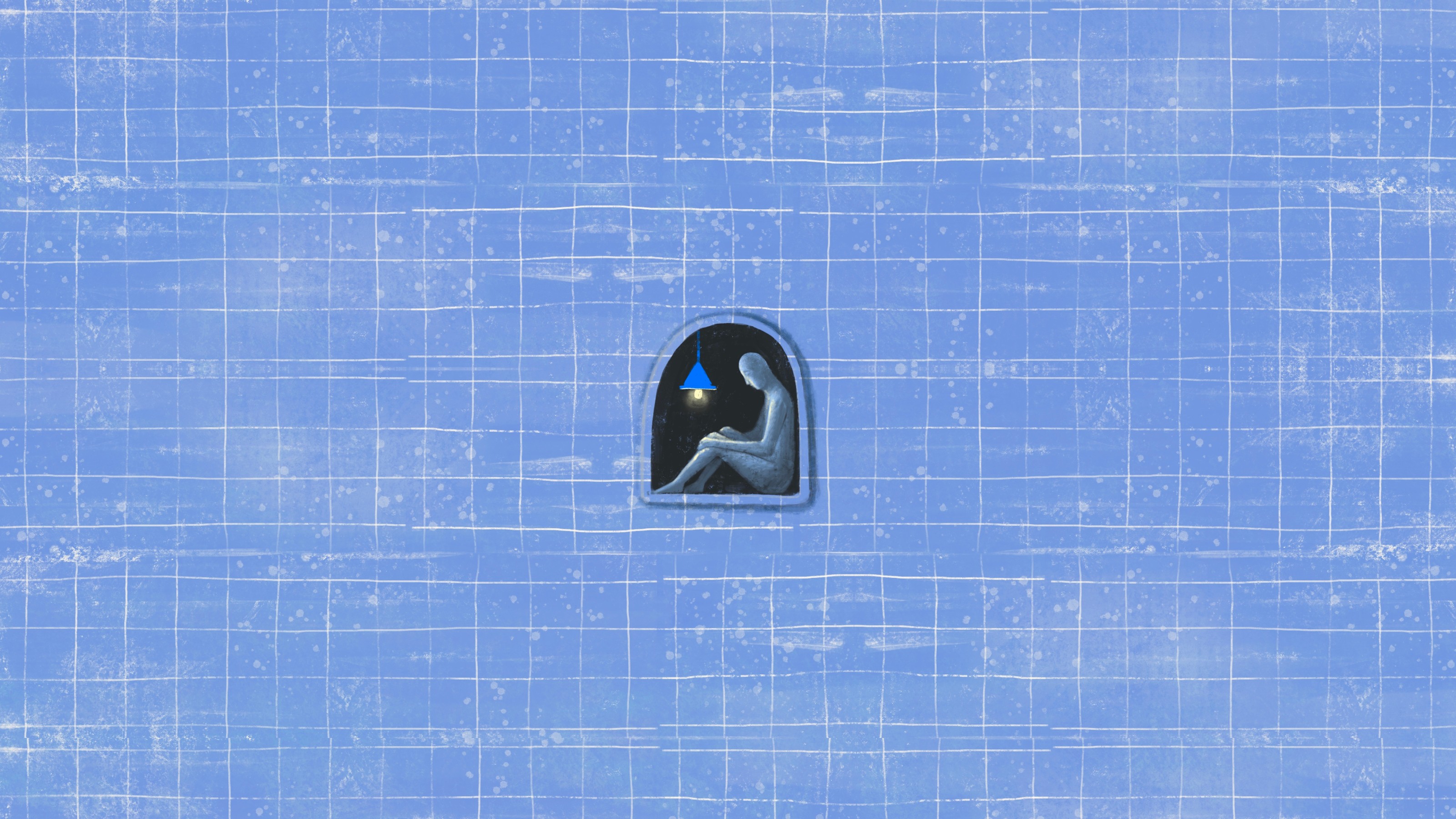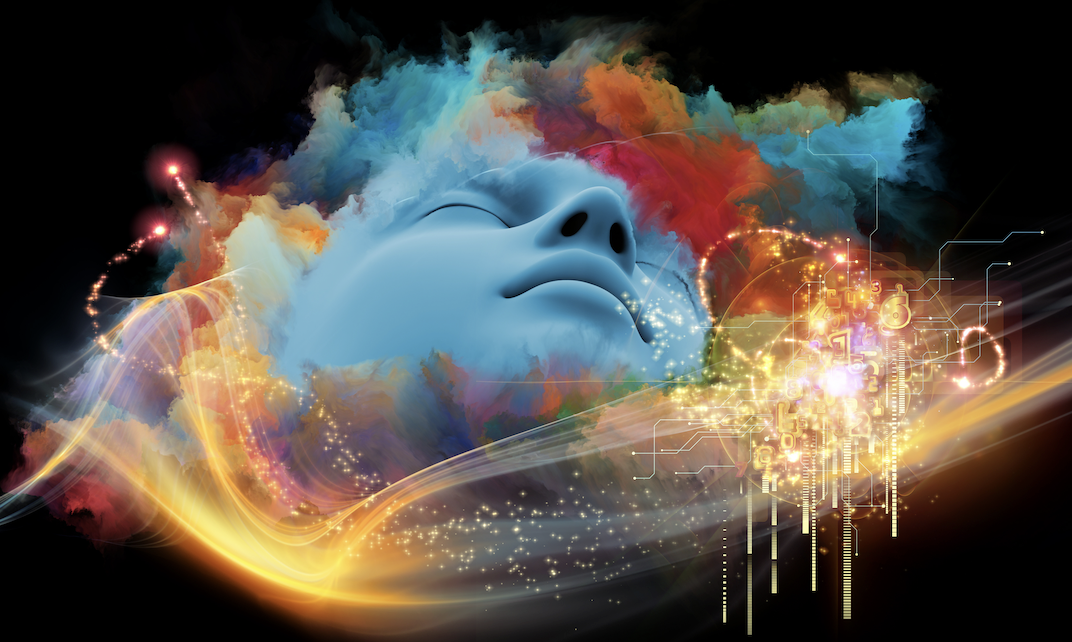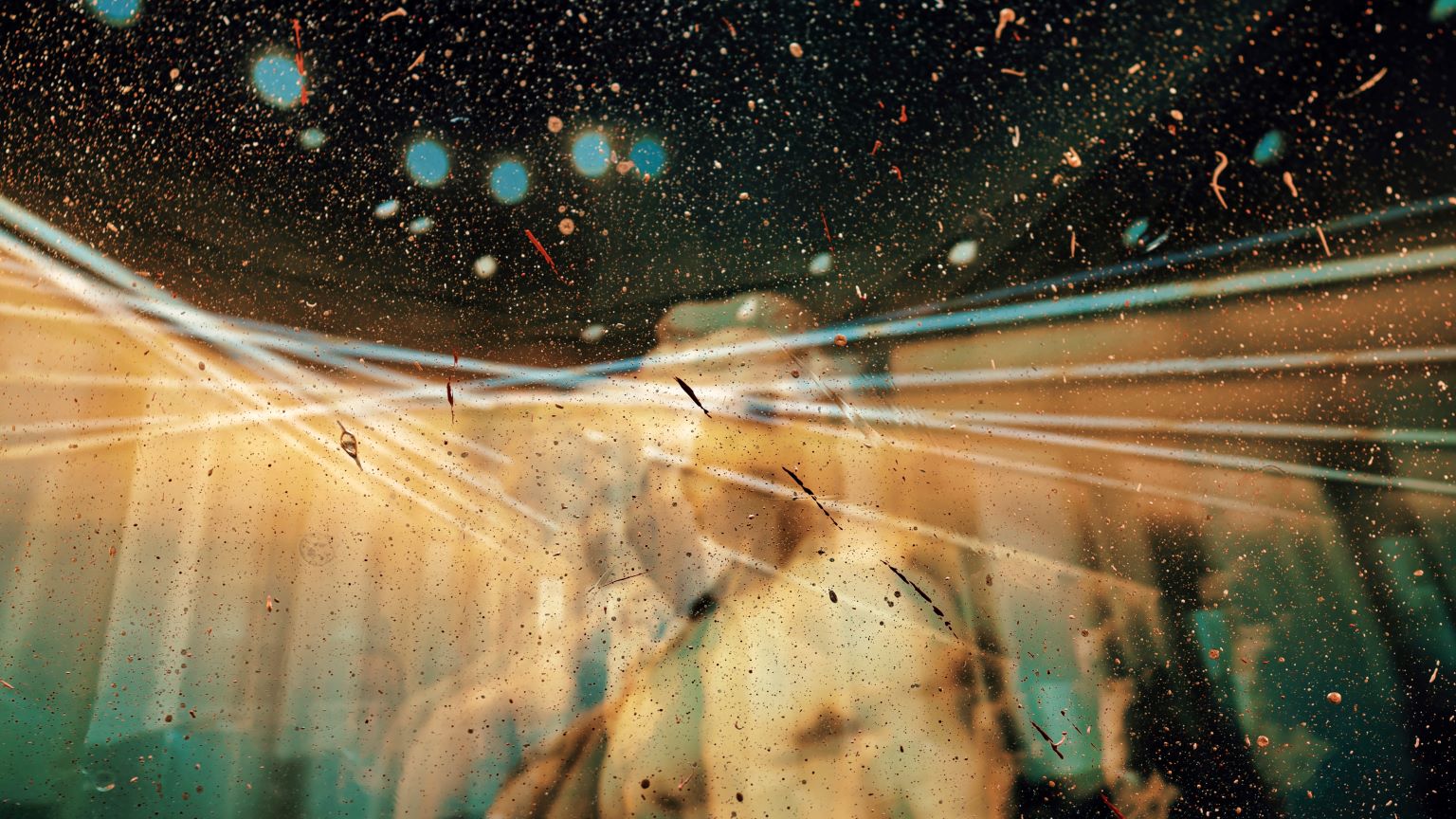Microdoses of LSD change how you perceive time
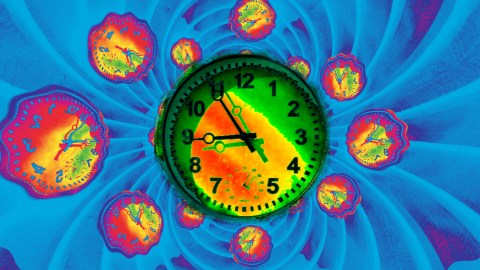
Stephen Pond/Getty Images
- A new study offers some of the first evidence that microdosing – taking tiny, regular doses of LSD – does have measurable effects.
- Subjects taking LSD were less accurate when estimating how long an image appeared on a screen than subjects who were sober.
- The mechanism that causes this effect remains unknown, but several ideas have been put forward.
LSD is known to severely warp not only how takers perceive what they hear and see, but also how time and space are experienced. The incredible power of psychedelic drugs to change how we experience the world at even the smallest doses has attracted the interest of both hippies and scientists for decades. One study on how mescaline affects people dates back to 1913.
Yet, despite the increasing amount of attention psychedelics have been enjoying over the last few years and the existence of a few subjective studies in the sixties, no serious, well-structured attempt to measure how acid warps the perception of time has been made – until now.
Taking LSD for science? The hippies have taken over!
In a study published in Psychopharmacology, British scientists had 48 older adults take either a placebo or a microdose of LSD and then try to measure time subjectively. The LSD doses were tiny, either 5, 10, or 20 micrograms, and most patients reported not noticing any hallucinogenic effects at all.
In this case, time was measured by looking at a blue dot on a screen, deciding how long they thought they saw it for, and then holding the space bar on a keyboard down for the same amount of time afterward. The act of pressing down the spacebar created another blue dot on the screen for comparison. The scientists looked for how accurate or inaccurate the test subjects were in their attempts to press the space bar for the same amount of time.
As you might have guessed, people on LSD were less accurate than the ones on placebo and tended to hold the spacebar down too long. This effect was negligible for the shorter tests, such as when the dot was on the screen for 1.6 seconds, but was significant when the dot was on the display for 2-4 seconds.
The study is similar to a previous one involving psilocybin, the drug in psychedelic mushrooms. Strangely, the results here were the opposite of what was found in that study, with patients consistently carrying out their task for too short of a time. The authors of this study suggest that the different mechanisms the drugs use – LSD affects both the serotonin and dopamine systems while psilocybin only affects serotonin – could have something to do with this discrepancy as could the size of the doses used in each study.
The authors mention other studies that their new research seemingly conflicts with, and suggest that further investigation into how these drugs influence time perception must be carried out to understand why these discrepancies exist.
This is groovy and all, but what are the implications? What caused these observed effects?
This is one of the first studies into the effects of microdoses of LSD, as almost all previous studies have been more interested in what the drug does at regular, psychedelic doses. If nothing else, this study demonstrates that there are statistically significant effects of microdosing which could be very different from larger, more typical doses.
Exactly what causes this time-warping effect when reproducing an image you just saw is still unknown, and this study wasn’t extensive enough to determine what caused it. Was the over-reproduction caused by tripping test subjects thinking the blue dot was on the screen longer than it was when they saw it or, as suggested in a Twitter post by neuropharmacologist Manoj Doss, by the memory of how long the dot was there being influenced by the LSD?
Study co-author Devin Terhune hypothesized that the effects could be caused by acid first affecting the serotonin system and then the dopamine system, as has been observed in animals, and that the differences between this study and others could be explained by which system was being affected when the test was carried out.
The authors mention that the neurophysiological effects of microdosing LSD are largely unknown and suggest that some of the discrepancies mentioned above between this study and previous findings could be attributed to the dosage. If this idea is correct, it could lead to many new applications for microdoses of LSD and a better understanding of how the mind works.
But what does it mean for time, man? Is it all, like, in my head?
This study suggests that LSD can seriously affect how we grasp the passage of time even at doses too small to have other noticeable effects. By seriously investigating this effect and following up with more studies on how this drug warps our perception of time we could come to understand the brain processes that shape our understanding of and experience with time. Maybe someday such a study will even give us a more definitive answer on what time really is.
LSD is a potent drug with tremendous potential for both helping people and causing harm. While microdosing to help improve performance is increasingly popular, the effects of this are still largely unknown. While this study begins to examine how these small doses affect our experiences, much remains to be discovered.
Though why you would take a drug that can make the present moment last forever while you’re in the office, I’ll never know.

